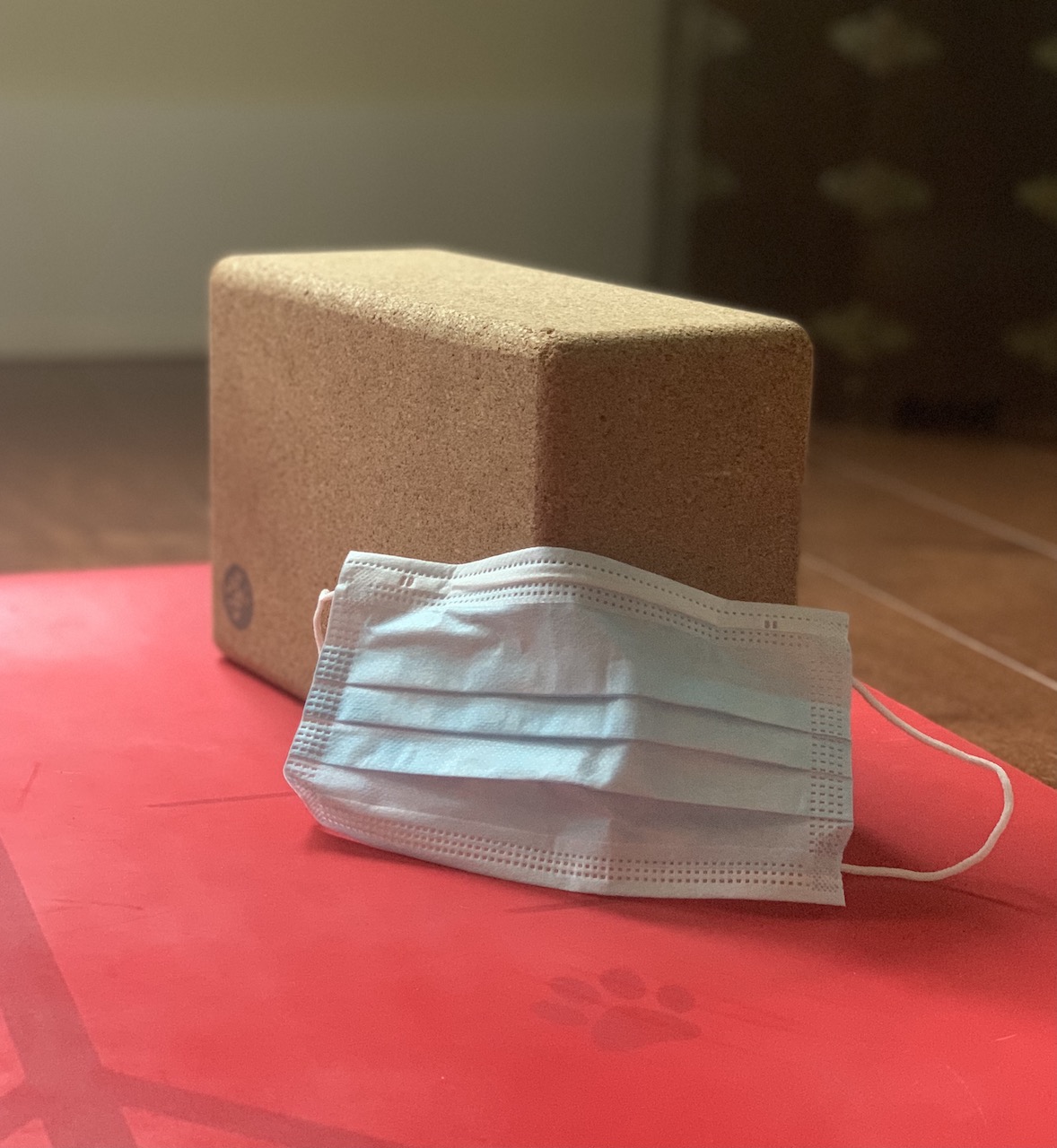To Do No Harm: Ahimsa and the Conflict of Public Yoga Classes
Nonmaleficence, a term that that means “to do no harm,” is one of the four principles of the Nursing Code of Ethics. According to the American Nurses Association, Kathleen Gaines MSN, BA, RN, CBC ,writes, “the nursing code of ethics is a guide for carrying out nursing responsibilities in a manner consistent with quality in nursing care and the ethical obligations of the profession.” With that in mind, is it any wonder that nurses—charged with the enormous responsibility of providing expert, evidence-based care to people at their most vulnerable—are held to a high ethical standard? After all, ethics are the moral precepts that inform nurses’ daily decisions and actions while caring for patients.
However, it’s not just nurses or other healthcare professionals who must uphold unshakeable ethical standards. Yogis are guided by a similar set of ethical principles known as the yamas and niyamas. As part of Patanjali’s eight-limbed path, the yamas and niyamas serve as ethical guidelines for how we treat others and the self. Specifically, the yamas are most easily defined as what not to do in our treatment of others. For example, ahimsa, is the ethical principle that we do no harm to others. There has been prolific discourse within the yoga community about ahimsa and how it is most accurately defined. Despite varying opinions, most agree that it is all-encompassing and expressed in thought or intention, speech, and action.
During these uncertain and trying times, it is the expression of ahimsa in action that is of the utmost importance. Due to the COVID-19 pandemic, for nearly a year, we have been collectively called upon to avoid causing harm to others. Simple risk mitigation strategies such as wearing masks, practicing social distancing, and avoiding travel and other high-risk group activities are necessary to reduce the spread of coronavirus. Though these changes have had a profound impact on all of us, we have been forced to recognize the effect our actions have upon the health and wellbeing of others. For instance, we have had to adjust the way we live, work, conduct business, and socialize. Without a doubt, these adjustments have been challenging. But the one concept that has been particularly heartbreaking for many yogis is honestly acknowledging that our group classes have the potential to cause great harm.
COVID-19 cases and hospitalizations are on the rise, and all indoor gatherings with people who do not live in the same household pose a significant risk. When in a confined space, tiny respiratory particles accumulate in the environment and increase over time. This risk is further magnified when people are talking loudly, breathing heavily, or chanting/singing. Unfortunately, at least one (possibly all) of these activities can be expected in a public yoga class. Om-ing and pranayama alone can increase the chances of respiratory particles spreading throughout the practice space. Plus, the teacher’s cueing and the general increased respiration during a vigorous practice create a high-risk environment.
Recently, Governor Cooper expanded North Carolina’s mask mandate, requiring masks to be worn inside gyms and yoga studios at all times. I understand that for many, wearing a mask during any physical activity is uncomfortable and, maybe, even a little scary. So I’d like to offer a few tips:
- Wear a properly fitting mask. Find a mask that fits your face well but doesn’t adhere directly to your mouth and nostrils. In other words, it doesn’t “suck in” when you take a deep breath.
- Practice at home first. Vigorous activity while wearing a face covering takes some getting used to. Take your mask for a test drive before heading off to a public class. If you’re worried about being able to wear one for the duration of a yoga or gym class, start with small intervals of time at home until you feel comfortable.
- Don’t forget to hydrate! Pause your activity, holding your mask by the ear loop or tie, remove it long enough to drink. Then, replace it over your nose and mouth as quickly as possible.
- Modify your practice as needed. Take frequent breaks, and/or adjust your exercise or practice to suit your comfort level.
- Have multiple masks available. Once you’ve found a comfortable “exercise mask,” invest in a few. Wash after each use, and wear a clean one for every session.
Ahimsa and nonmaleficence are one and the same. Though yoga teachers and practitioners may not swear into a code of ethics in the same way that nurses do, it is still the yogi’s responsibility to do no harm. As such, now is the time to unite as a community, to undertake these actions in the spirit of ahimsa. It is the yogi’s duty to make the safety and wellbeing of our fellow humans the highest priority—because it is the ethical thing to do, and we set the example for our students and community members to do the same.
It is my obligation as a yoga practitioner to uphold the principle of non-harming. And as a nurse, it is an absolute necessity. Through ahimsa as an expression of the yoga practice off the mat, it can be your absolute necessity, too.



